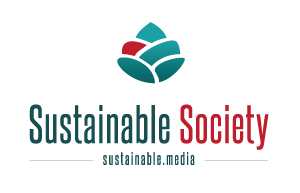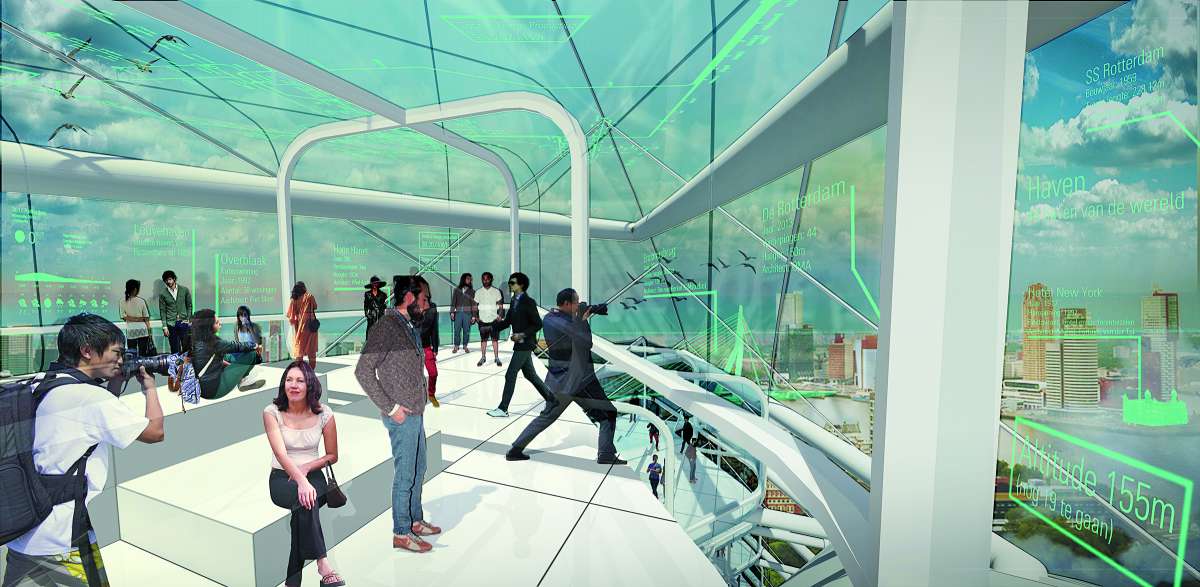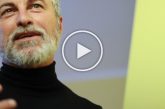Wind machines or also Windmills have dotted the Dutch countryside for centuries. But in densely populated cities, whooshing turbines are a tough sell. A new concept called the Dutch Windwheel could offer a silent, low-maintenance alternative.
Whereas most turbines use spinning blades to turn the kinetic energy of wind into mechanical energy that generates power, the Windwheel cuts out the middle step. Its electrostatic wind-energy converter uses wind, water, and an electric field to directly produce a current.
So far, the tabletop prototype produces just 12.5 milliwatts—not enough to power a light bulb. And it’s only 3 percent efficient, compared with a typical wind turbine’s 45 percent efficiency. But if the technology advances on schedule, its creators say a 570-foot version could grace the Rotterdam skyline by the early 2020s.
People will be able to live, work, and dine inside the self-powered skyscraper as it cranks out 1 megawatt of electricity. “We wanted a 100-percent-sustainable building that serves as a platform for all kinds of innovations,” says developer Lennart Graaff.
The Parts
- Inner Ring: The building’s design consists of two concentric rings atop an underwater foundation. The inner ring will be constructed of a steel frame and a glass exterior, which will provide sweeping views of the city for a restaurant, a seven-story hotel, 72 apartments, and office space located within.
- Outer Ring: The outer ring will function as a massive Ferris Wheel, a la the London Eye. Its 40 glass cabins will take passengers above the city’s world-famous architecture and below the surface of the canal.
- Pumps: The Windwheel will pump water directly out of the canal for use in its electrostatic wind-energy converter. The system can also operate using seawater or collected rainwater.
- Electrosprayers: Horizontal beams will stretch across the center of the Windwheel. Thousands of nozzles located along them will spray positively charged water molecules into the air. When wind pushes the droplets against the beams’ high-voltage electric field, it will create a negative charge.
- Charging system: The negative charge will form a current as the electricity discharges, much like when the negative charge that builds up in thunderclouds discharges to the ground via lightning strike. The electricity will then be converted from direct current (DC) to alternating current (AC) for use in the Windwheel or storage in an industrial battery.
- Light and Heat: Solar panels on the outside of the rings will generate additional energy. To warm the building, a so-called regional heat roundabout can deliver excess industrial heat from Rotterdam’s port—the largest in Europe—through a network of pipes.
This article was originally published in the July 2015 issue of Popular Science.
Source: – A Wind Machine You Can Call Home | Popular Science





